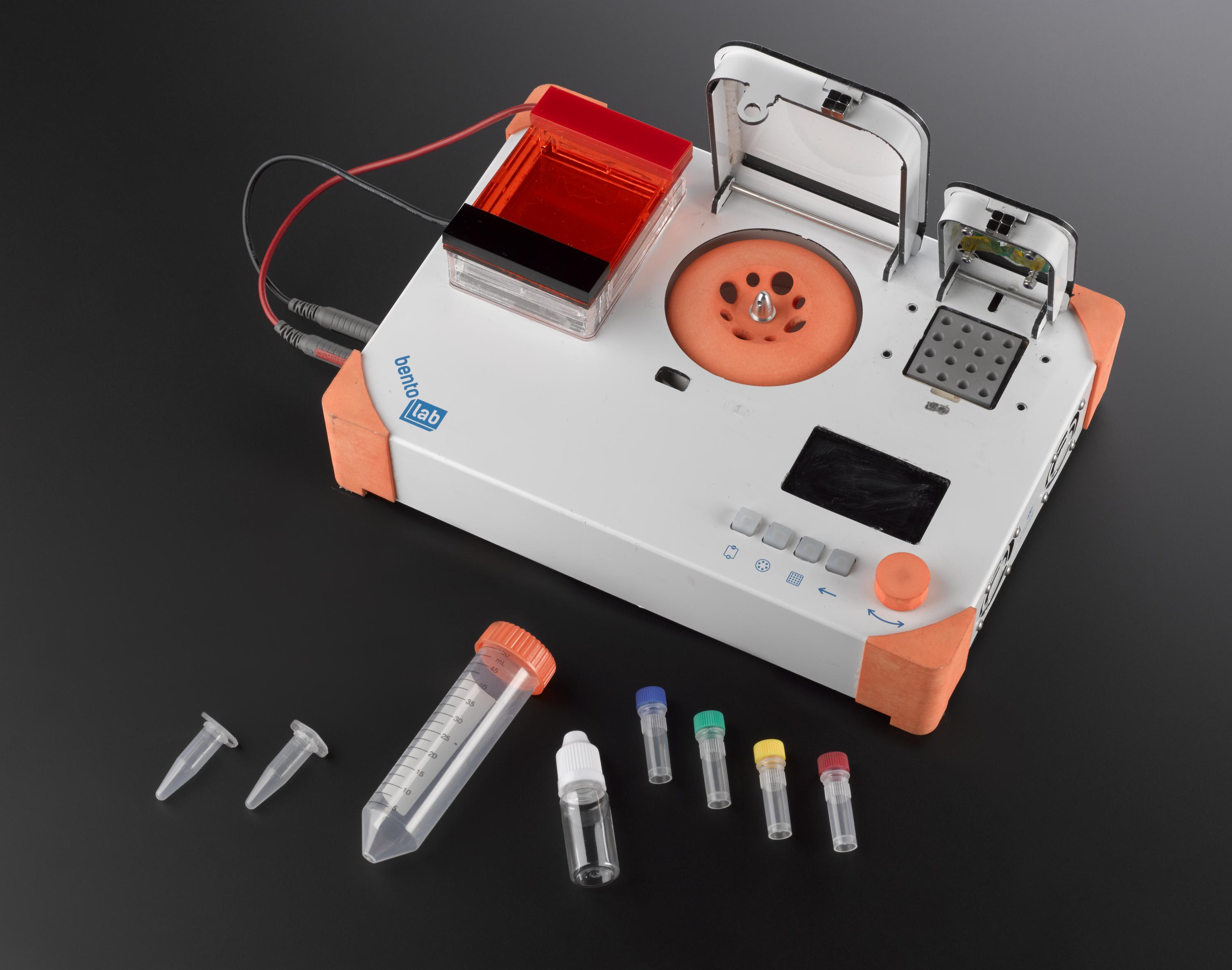Crime shows like CSI have made us all familiar with forensic science. But using science to help solve crimes is not as easy as it looks on TV. While advancements in forensic science have made the justice system fairer, they have also created ethical issues about what can be used as evidence in court.
Forensic scientists use genetic profiling to analyse the DNA they find at crime scenes. This technique was developed in 1984 at the University of Leicester by Dr Alec Jeffreys. We all share more than 99% of our DNA but we each have small variations that make us unique.

Dr Jeffreys discovered that many of these differences occur in certain parts of our DNA, called microsatellites. When forensic scientists look at several of these microsatellites at once, they can create a genetic profile, or fingerprint. They can use this to tell how likely it is that the DNA found at a crime scene came from a certain person.
When forensic DNA analysis was first used in the 1980s, scientists needed a sample of bodily fluid, like blood, the size of a 20p coin to create a genetic fingerprint. Since then, the sample size needed has gotten smaller and smaller.
Forensic scientists can now create a genetic profile using the tiny amounts of DNA that we sometimes leave behind when we touch things. This is called touch, or trace, DNA.

This technique has meant that DNA evidence can be used in more investigations and has already helped to solve decades-old cold cases in the United States. But it has also made interpreting forensic science more complicated.
When genetic profiling was first used for forensics, Dr Alec Jeffreys warned that his technique could not prove whether or not someone was guilty. It could only show that a DNA sample likely came from a certain person. He advised that it was up to the courts to determine how or why a suspect’s DNA came to be at a crime scene.
Advancements in touch DNA techniques mean that our DNA can be found in places we’ve never been, including crime scenes. Our DNA can be passed to other people when we shake their hand or pass them money. It can also become mixed with other people’s DNA, making it difficult for scientists to pull them apart.

A study done by UCL suggested that forensic evidence was misinterpreted in more than 20% of criminal cases that were overturned in the UK over the last seven years. Forensic scientists have warned that it is important for the courts to understand how DNA analysis works and what it can tell them. It has also been suggested that some jurors may be influenced by the “CSI effect” and have unrealistic expectations about what forensic science can show.
While forensic science has made the justice system more objective, it is important that it be used fairly. As forensic techniques become more advanced, they can be used to help solve more crimes. But they could also become more difficult to interpret.
Discover the forensic investigation into the murder of the Romanovs in this blog post from the archives.